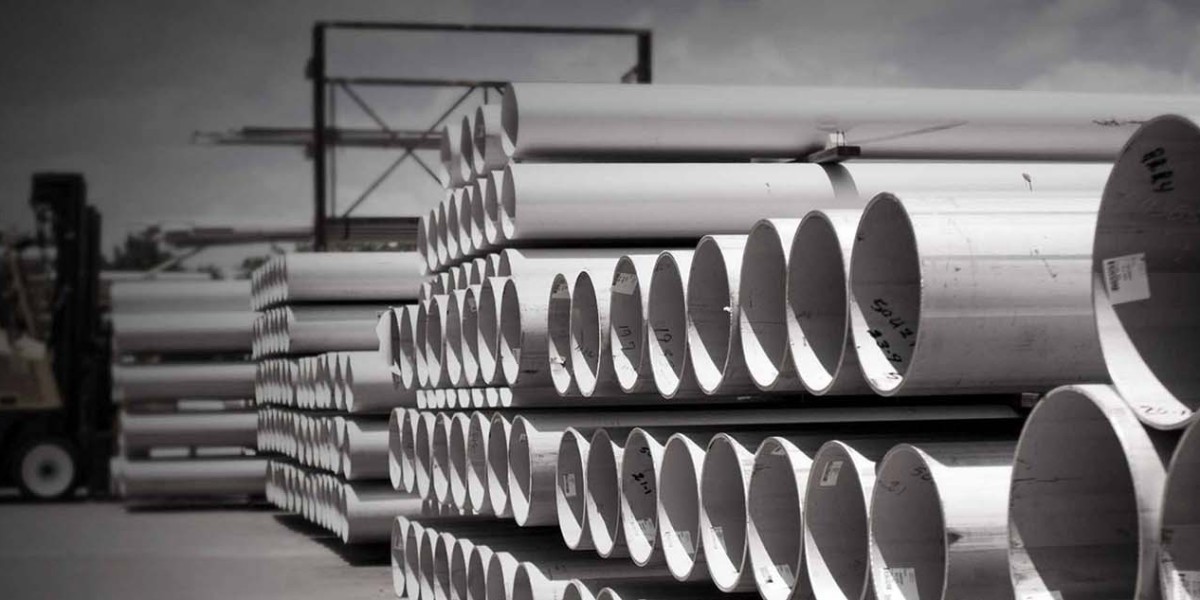Introduction:
Pressure vessels play a vital role across various industries in North America, serving as containers designed to hold gases or liquids at a pressure different from the ambient pressure. These vessels come in various types, each tailored to specific applications, reflecting the diverse needs of industries ranging from oil and gas to chemical processing and beyond. In this blog, we'll delve into the nuances of North America's pressure vessel market by type, highlighting key trends, drivers, and challenges shaping its landscape.
- Overview of Pressure Vessel Types:Pressure vessels come in several types, each engineered to withstand different pressure levels, temperatures, and materials. Some common types include:
- Cylindrical Pressure Vessels:These are the most traditional type, characterized by their cylindrical shape and typically used for storing gases or liquids under high pressure.
- Spherical Pressure Vessels:Known for their spherical design, these vessels distribute pressure more efficiently, making them suitable for storing gases under high pressure.
- Composite Pressure Vessels:Constructed from composite materials like fiberglass or carbon fiber, these vessels offer high strength-to-weight ratios and corrosion resistance, making them ideal for aerospace and automotive applications.
- Shell and Tube Pressure Vessels:These vessels consist of a cylindrical shell with tubes running through them, facilitating heat exchange processes, commonly found in industries such as HVAC, chemical processing, and power generation.
- Reactor Vessels:Designed for carrying out chemical reactions under controlled conditions, these vessels are crucial in industries like pharmaceuticals, petrochemicals, and food processing.
- Market Trends by Type:
- Growing Demand for Composite Pressure Vessels:With increasing emphasis on lightweight and durable materials, the demand for composite pressure vessels is on the rise, especially in industries such as aerospace, automotive, and alternative energy.
- Expansion of Oil and Gas Sector Driving Cylindrical and Spherical Vessel Demand:The resurgence of the oil and gas sector in North America is fueling the demand for cylindrical and spherical pressure vessels, primarily for storage and transportation of oil, gas, and related products.
- Rising Adoption of Shell and Tube Vessels in HVAC and Chemical Processing:As HVAC systems become more sophisticated and chemical processing industries expand, the demand for efficient heat exchange solutions provided by shell and tube pressure vessels is witnessing steady growth.
- Challenges and Opportunities:
- Stringent Regulations:Compliance with stringent safety and quality regulations poses a significant challenge for pressure vessel manufacturers, necessitating continuous innovation and investment in research and development.
- Opportunities in Renewable Energy:The transition towards renewable energy sources presents lucrative opportunities for pressure vessel manufacturers, particularly in sectors like hydrogen storage and carbon capture where specialized vessels are required.
- Technological Advancements:Advancements in materials science and manufacturing technologies offer opportunities to enhance the performance, efficiency, and durability of pressure vessels, thereby meeting the evolving needs of various industries.
- Market Outlook:The North American pressure vessel market is poised for steady growth, driven by robust demand across key industries such as oil and gas, chemical processing, aerospace, and renewable energy. While traditional vessel types like cylindrical and spherical vessels continue to dominate, there is a growing trend towards composite materials and innovative designs to meet the demands for lightweight, durable, and high-performance solutions.
The pressure vessel market in North America is a dynamic landscape shaped by evolving industry trends, technological advancements, and regulatory requirements. Understanding the diverse requirements of different industries and adapting to emerging trends will be crucial for stakeholders to capitalize on growth opportunities and navigate challenges effectively in this competitive market environment.







